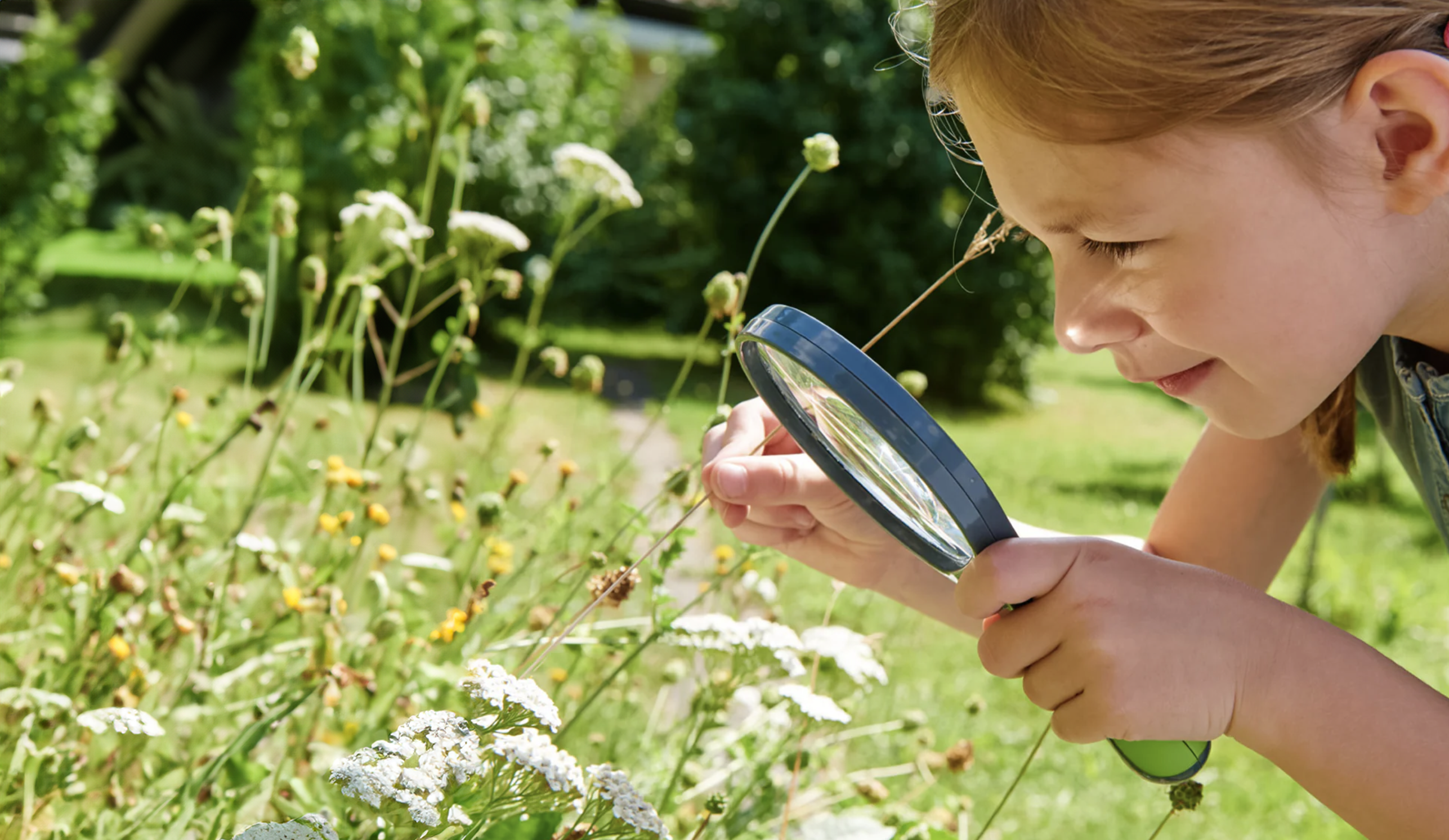August 14, 2024
Garden Scavenger Hunt: A Fun and Educational Activity for Kids
Ready to get started? Download our Garden Scavenger Hunt printable activity and watch as your child discovers the joys of the garden. Whether you’re looking for a weekend project or a way to make the most of a sunny afternoon, this activity is sure to be a hit with the whole family.

Engaging children in outdoor activities is a fantastic way to nurture their curiosity and foster a love for nature. Our latest printable activity, in partnership with KidsGardening, is a Garden Scavenger Hunt—a simple yet exciting way to get young ones exploring and observing the natural world around them.
Why a Garden Scavenger Hunt?
Gardens are full of wonders waiting to be discovered, from the tiniest insects to the most colorful flowers. However, young gardeners might sometimes need a little guidance to focus their attention and make the most of their time outside. A scavenger hunt offers the perfect balance of structure and freedom, allowing kids to explore while honing their observation skills.
How to Get Started
Materials Needed:
- Scavenger hunt list (download our printable version or create your own)
- Clipboard
- Pencil or crayon
Instructions:
- Prepare Your List: Start by creating a list of items commonly found in gardens or nature. For younger children, consider using pictures instead of words. You can keep it simple with items like “bird” or “flower,” or challenge older kids with more specific items like “ladybug” or “oak leaf.”
- Gather Your Materials: Attach your scavenger hunt list to a clipboard and grab a pencil or crayon. This will make it easy for your little explorers to mark off items as they find them.
- Explore and Discover: Head out to your garden, a nearby park, or any green space. Encourage children to use their senses to find each item on the list. They can hunt with their eyes, ears, and even their sense of touch or smell.
Creative Variations to Try
- Nature Bracelet: In a safe, private space, kids can collect small, non-living items and stick them to a bracelet made of masking tape (sticky side out). This turns the hunt into a craft activity, resulting in a unique keepsake.
- Sensory Hunts: Instead of focusing solely on visual items, create a hunt based on sounds, textures, or smells. For example, children could listen for a bird’s song or feel the different textures of leaves and rocks.
- Timed Challenge: Add an element of competition by timing how long it takes to complete the scavenger hunt. Kids can try to beat their previous times or compete for fun prizes.
